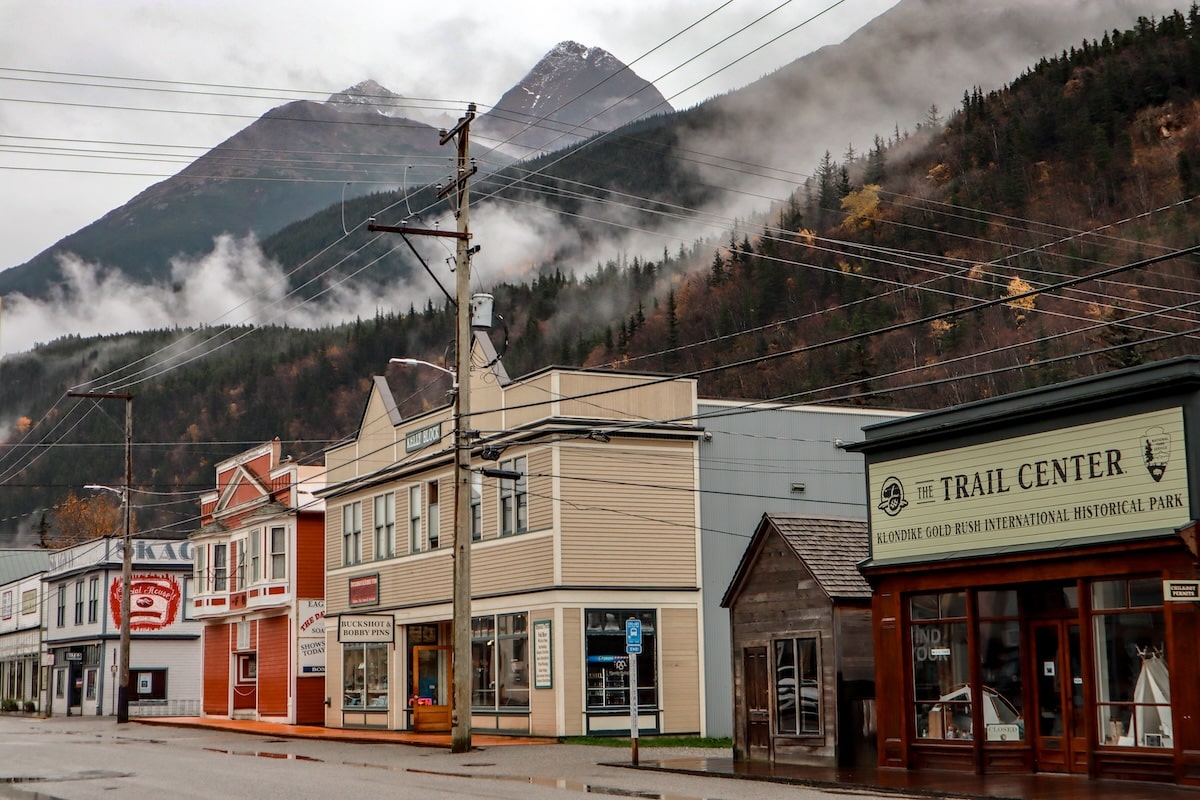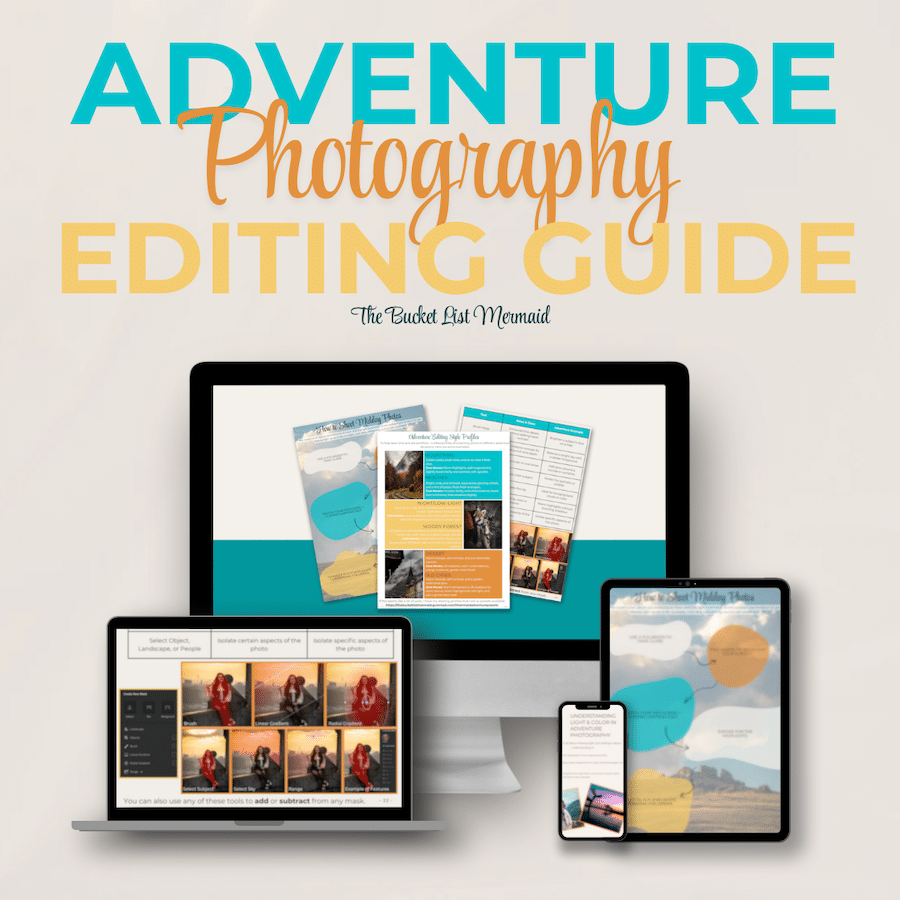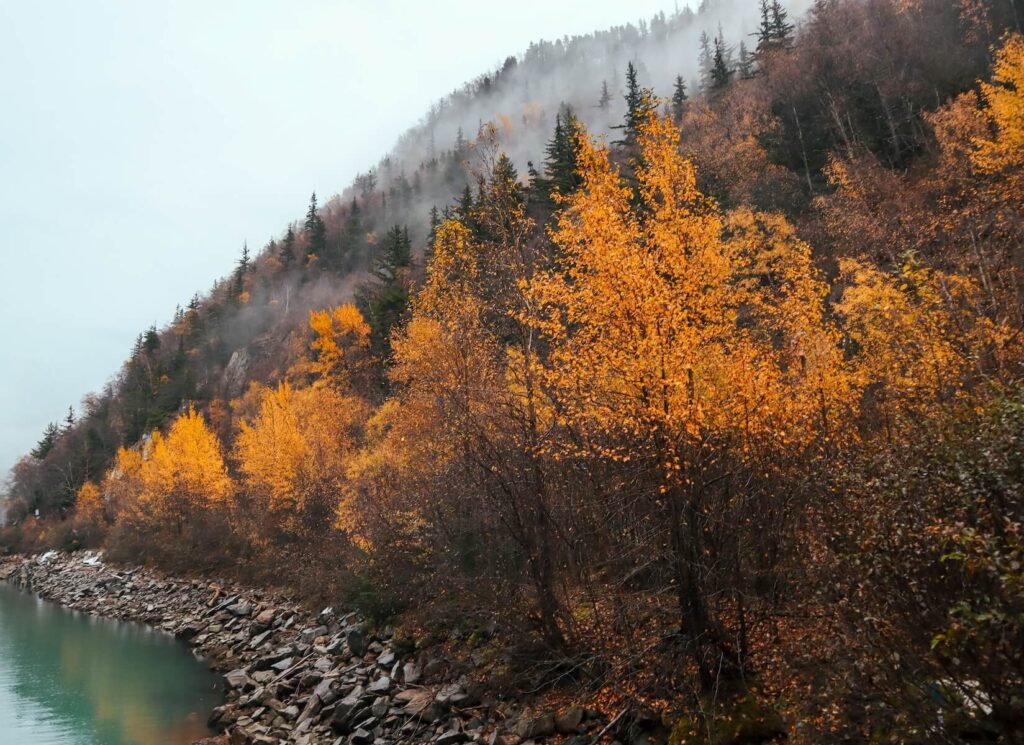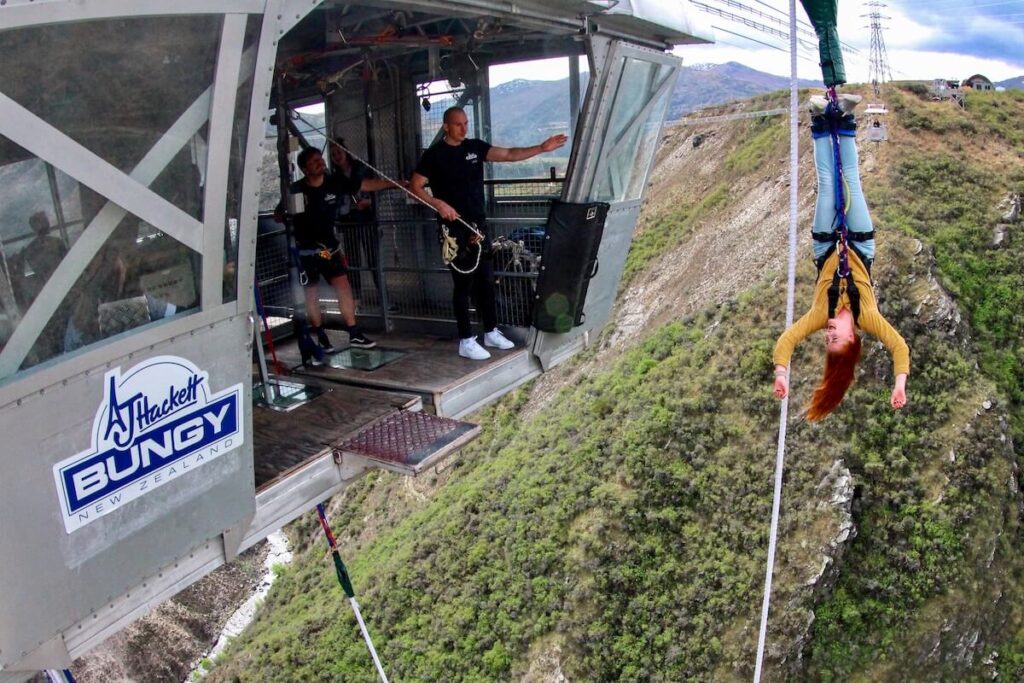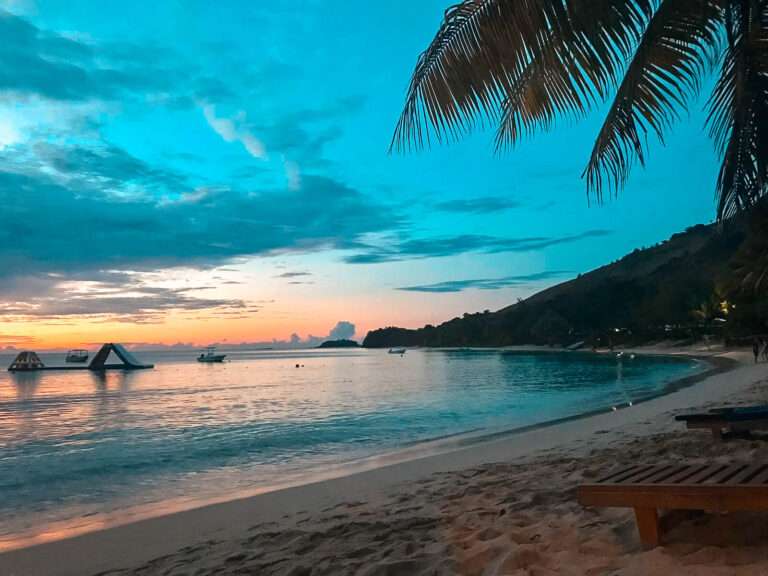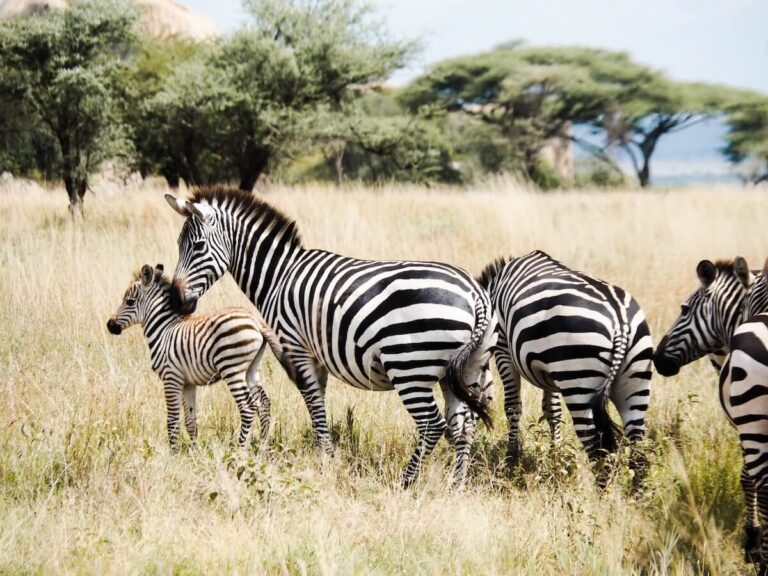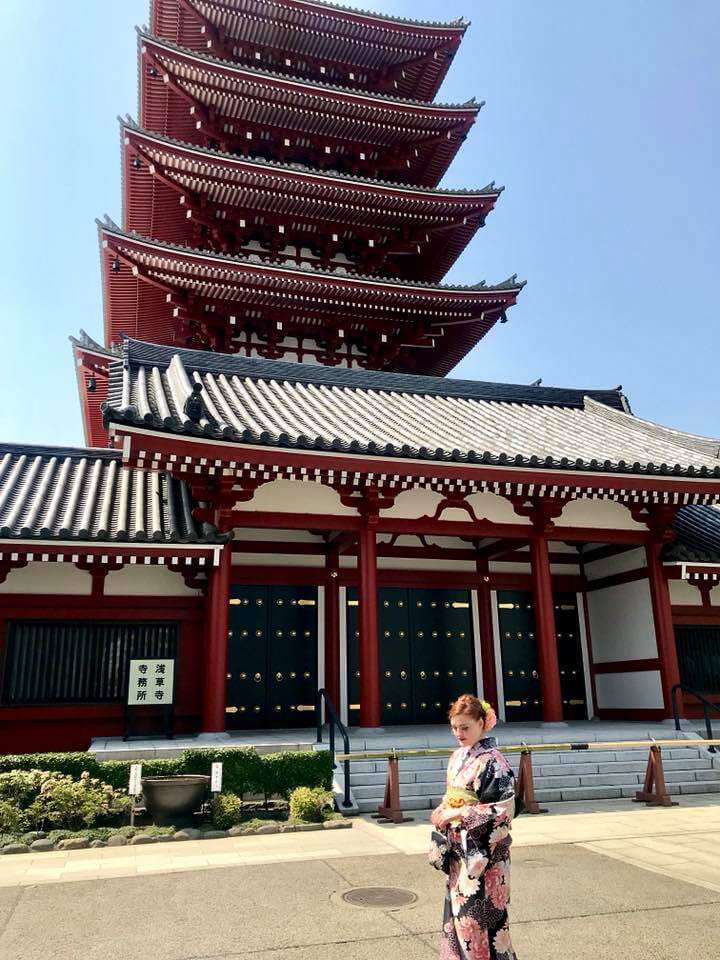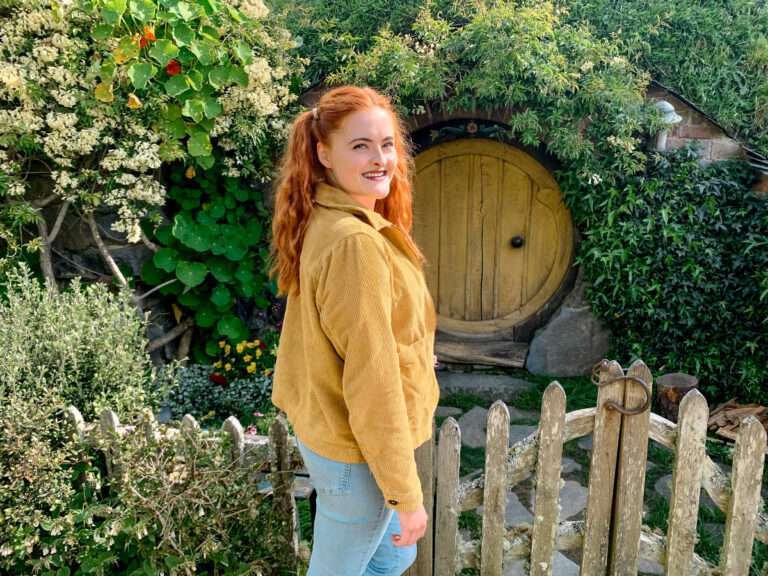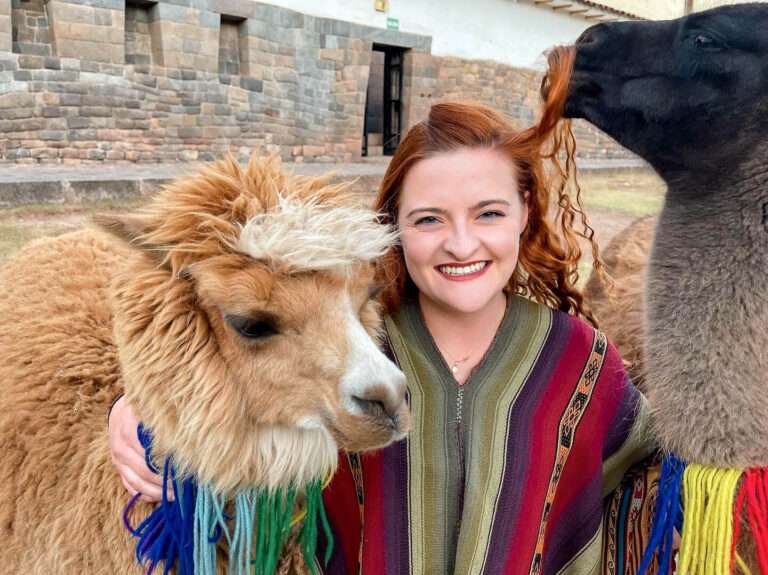Alaska Cruise Photography Guide (Because Whales Won’t Wait for You to Adjust Settings!)
This website contains affiliate links from trusted partners. If you purchase through a link on this site, I may earn a commission at no extra cost to you. As an Amazon Associate, I earn from qualifying purchases. See my Privacy Policy and Disclosure for more information.
Alaska is a dream destination for photographers, offering some of the most breathtaking and dramatic landscapes on Earth.
Whether you’re an experienced photographer with a full gear setup or a traveler looking to capture memories on your smartphone, Alaska’s vast, untamed beauty is sure to leave you in awe.
And what better way to capture Alaska’s beauty than on an Alaska cruise!
However, this awe-inspiring setting also comes with its challenges. The sheer scale of the landscapes can be overwhelming, unpredictable weather can make shooting difficult, and wildlife photography requires patience and quick reflexes.
As an adventure photographer and mermaid, I’ve dedicated my travels to helping fellow adventurers take stunning photos, no matter their camera.
This Alaska cruise photography guide is designed so you can return home with a gallery of spectacular images.
Inspired? Share Your Photos!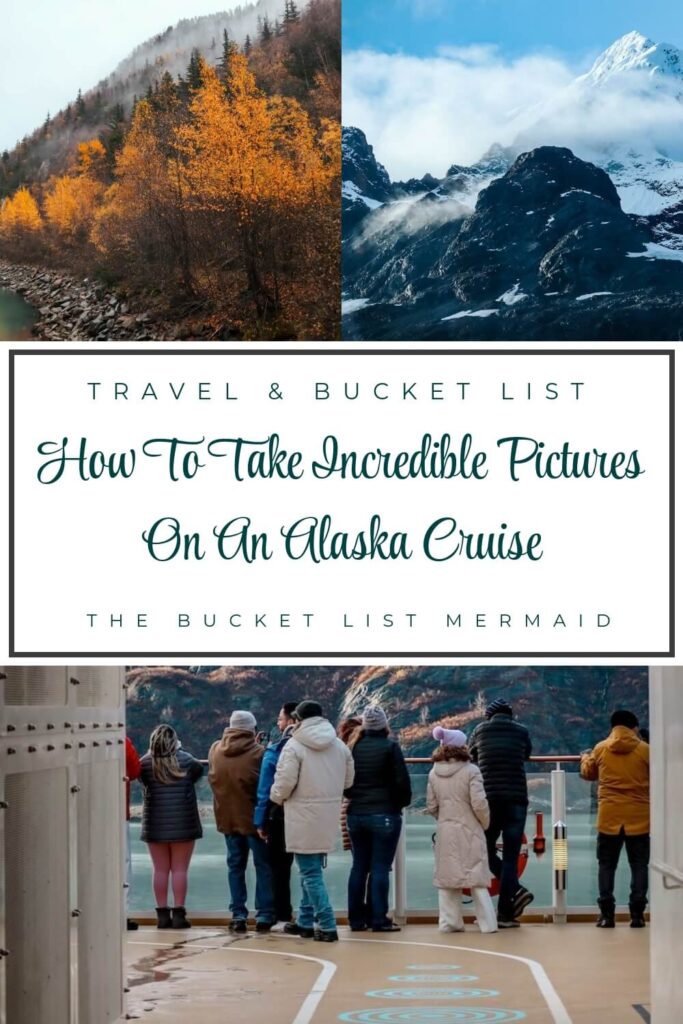
Key Takeaways
- Alaska cruise photography requires preparation for dynamic weather, fast-moving wildlife, and ever-changing light.
- Pack essential gear like a telephoto lens (for wildlife), wide-angle lens (for landscapes), tripod, and weather protection.
- Don’t be afraid to experiment with compositions, stabilize your shots on a moving ship, and embrace the moody, dramatic landscapes that make Alaska unforgettable!
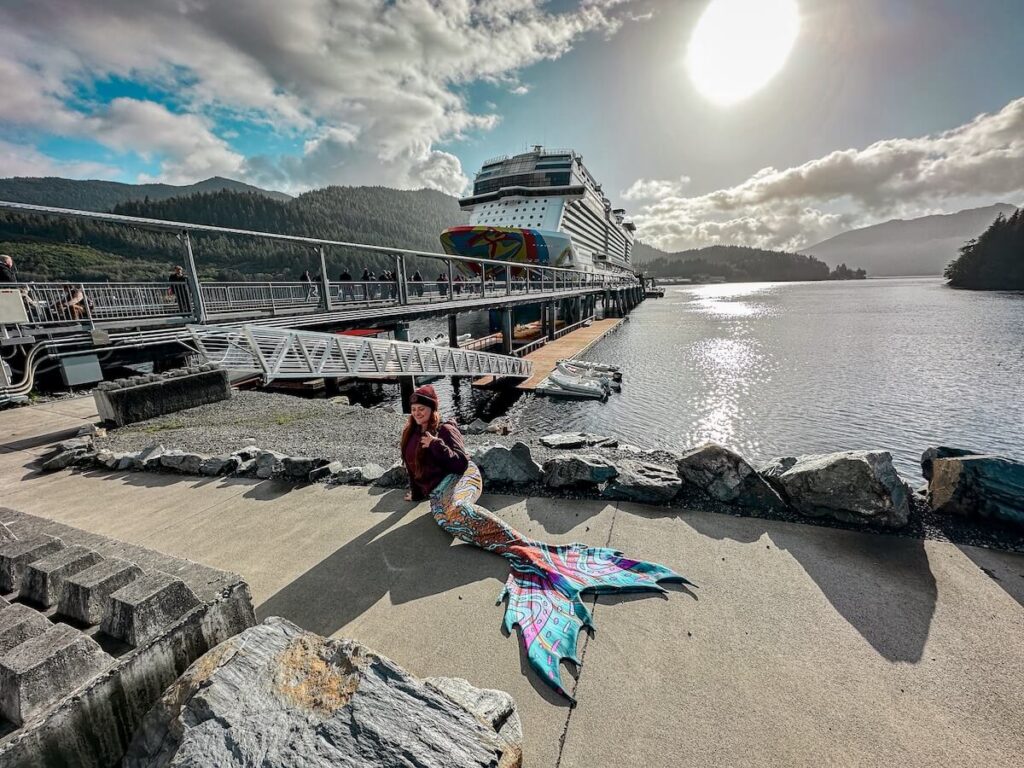
Watch the Alaska Cruise Vlog
Find An Alaska Cruise to Level Up Your Photography
During my Alaska adventure, I embarked with the Norwegian Encore with my family in the fall! I had an amazing time!
My family also went with Royal Caribbean and had nothing but amazing things to say.
Long story short, there are several incredible cruise lines that offer Alaskan cruises.
Or, you can go off the beaten path and do a cruise/land combo, which I would recommend for photography. You can find several options here👇
Don’t forget to use my code (ALEXANDRA1GURU) for up to 5% off!
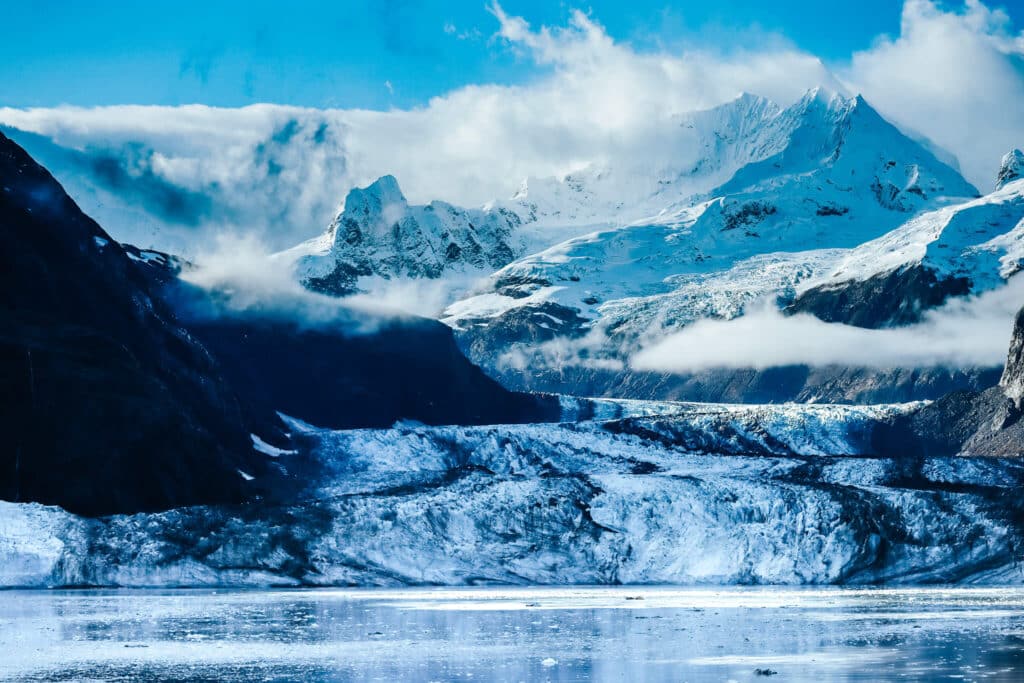
When to Sail & How It Will Affect Your Alaska Photos
Choosing the right time to cruise in Alaska can make or break your photography experience. From changing light conditions to fluctuating wildlife activity, the season you pick will impact every shot you take.
Alaska Cruise Season: May to September
Alaska’s cruise season runs from late April to early October, with each month offering distinct photographic advantages and challenges.
Peak Season (June – August): Best for Wildlife & Longest Days
Why Go? The warmest temperatures, lush green landscapes, and most active wildlife sightings. You’ll have the best chances of capturing breaching whales, playful sea otters, and even bears fishing for salmon.
Photography Benefits: Long daylight hours (up to 18+ hours of daylight in June!) mean golden hour lasts longer, and you can shoot stunning landscapes well into the evening.
Challenges: This is the busiest season, so expect crowds in port towns and other travelers in your shots. Also, the bright summer sun can create harsh lighting conditions.
Shoulder Season (May & September): Dramatic Skies & Fewer Crowds
Why Go? Fewer tourists, lower prices, and more moody, dramatic landscapes perfect for photography.
Photography Benefits: You’ll capture snow-capped mountains in May and fall foliage in September, plus softer light thanks to shorter days. The lower angle of the sun creates richer colors and deeper shadows—great for landscape photography.
Challenges: Weather can be unpredictable—you might get sunny skies, or you might end up drenched in rain and fog. Wildlife sightings can also be more hit-or-miss.
Alaska Cruise in October
A full survival guide if you want to brave some of the last Alaska cruise dates of the season.
Want to Capture the Northern Lights? Go in September!
September is your best bet for catching the aurora borealis on an Alaska cruise, as the nights are finally dark enough to see them.
But don’t get your hopes up too high—cruise ship movement, cloudy weather, and unpredictable activity mean it’s never a guarantee.
My Recommendations? Pick the Season That Matches Your Photography Style
If you love bright, active wildlife shots, go in peak season.
If you’re drawn to moody landscapes, softer lighting, and fewer people in your frame, shoulder season is your time to shine.
No matter when you go, be ready for Alaska’s unpredictable beauty—you never know when the perfect shot will appear!

Essential Gear for an Alaska Cruise Photography
Alaska’s unpredictable weather, diverse wildlife, and vast landscapes require a well-thought-out photography kit.
Whether you’re shooting with a high-end camera or a smartphone, having the right gear ensures you’ll be ready for every photo opportunity.
Cameras & Lenses
I am a big believer that the photographer is more important than the camera.
I wouldn’t stress if your camera isn’t “top of the line”. Fortunately, I got some pretty stellar images with a mid-ranged priced camera and telephoto lens.
Read More – How to Become an Adventure Photographer
Best Camera Options
DSLR, mirrorless, and iPhone/smartphone.
Personally, I brought a camera, two lenses, loads of camera accessories, and an iPhone on my Alaska cruise.
You can also check out my Amazon Storefront for more camera recommendations☺️
Lens Recommendations
While on a mission to get some jaw-dropping Alaska cruise photography, I brought a standard, wide, and telephoto lens.
Alaska offers a wide variety of photography conditions. So, I would recommend bringing multiple lenses.
Read More – Best Lenses for Travel Photography
Wide-angle lens (16-35mm) – For Landscapes
This was essential for capturing expansive landscapes and glaciers. These were some of my favorite landscape shots I’ve taken!
I loved my wide angle lens during iconic Alaska cruise photography destinations like Glacier Bay National Park!
Telephoto lens (100-400mm or more) – For Wildlife
I would 100% recommend a telephoto lens for wildlife and distant shots.
You don’t want to disturb wildlife and a good zoom lens will take you far, especially if you are photographing from the ship.
For example, I snapped a bald eagle in a tree from a kayak with a telephoto lens.
Macro lens (150-200mm) – for Small Alaska Details
This is optional if you really love capturing small details.
This is recommended for flowers, plants, and insects if that is your vibe.
I really wished I had a macro lens for some close up of some wet fall leaves.
Note: Before you buy a lens, make sure that it is compatible with your camera body. I definitely haven’t done this (can you tell I’m being sarcastic?)
Must-Have Accessories
- Tripod: Essential for long exposures, low-light shots, and time-lapses. I brought a tiny tripod so it was easier to carry on excursions and while hiking.
- ND Filters & Polarizers: Helps manage glare and enhance colors.
- Binoculars: Great for spotting wildlife before taking your shot.
- Extra Batteries & Memory Cards: Cold weather drains batteries quickly; always carry extras.
- Cleaning Kit: Includes microfiber cloths, air blower, and lens wipes to keep gear spotless.
- Backup Storage Device: A portable SSD or cloud storage for safeguarding your images.
- Spare Lens Cap: Easy to lose, always good to have an extra. I also put all of my lens caps on a leash. Trust me – you’ll thank me later when you are flinging that thing off in a panic to photograph an eagle.
Weather Protection for Your Gear
Along with Alaska’s varying subjects and compositions, it also comes with varying conditions and weather.
This can be a nightmare for you, especially if you have pricey camera gear.
- Waterproof Bags & Rain Covers: Essential for protecting gear from rain, mist, and ocean spray.
- Dry Bags: Keep electronics safe during excursions.
- Lens Hoods: Helps reduce glare and protects lenses from moisture.
Bonus: Alaska Cruise Photography Gear Packing List
- Camera body & lenses (wide-angle, telephoto)
- Tripod & remote shutter release
- ND filters, polarizers, & lens hoods
- Extra batteries & memory cards
- Binoculars for wildlife spotting
- Cleaning kit (think lens wipes, air blower, microfiber cloths)
- Backup storage device (SSD or cloud)
- Spare lens cap
- Waterproof bags & rain covers
- Dry bags for excursions
Keep in mind that you might have to carry camera gear, especially if you are going on some fun off-shore excursions.
Normally, I always had a camera an a smartphone at all times during my Alaska cruise.
Everything that I’ve mentioned here is for a die-hard photographer! You can tailor this Alaska cruise photography packing list to fit your needs.
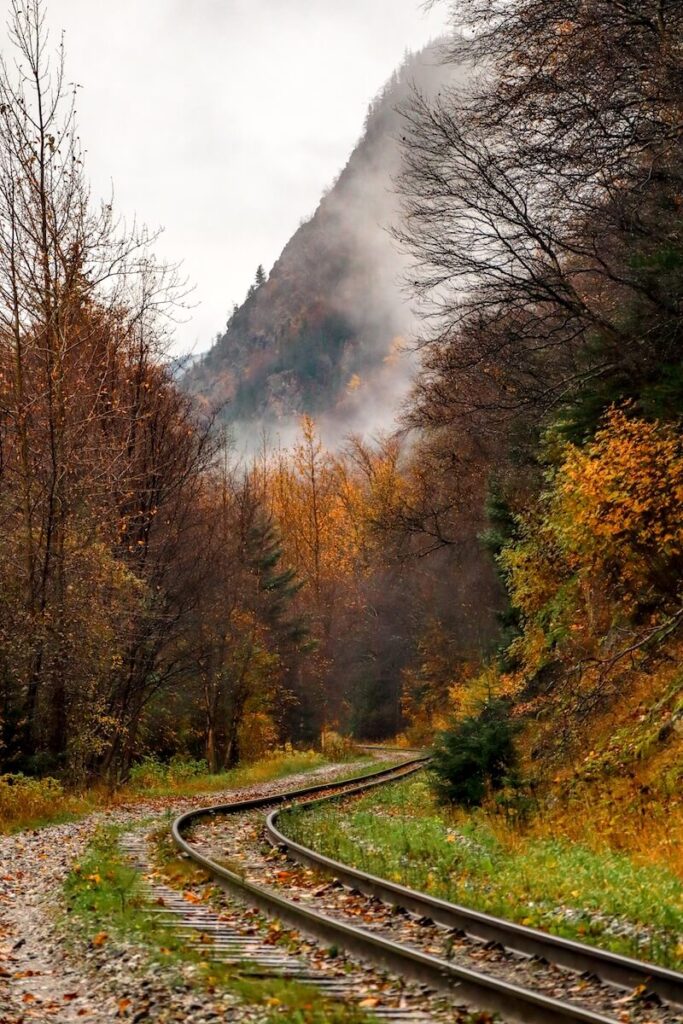
Best Photography Locations on an Alaska Cruise
Every stop on an Alaska cruise offers stunning photo opportunities. Here are some of the best locations to capture breathtaking images:
Glacier Bay National Park
- Towering ice walls with brilliant blue hues.
- Mirror-like water perfect for reflection shots.
- The thrill of capturing a calving glacier as it crashes into the sea.
Tip: Check your cruise itinerary beforehand to see if they offer any opportunities to take smaller boats out. Our cruise ship didn’t offer any excursions and I took all of my photos from the cruise ship deck.
This was 100% my favorite destination we went to for photography. Don’t mind me as I pick up my jaw from the ground!
Inside Passage
- Misty fjords that create an ethereal, dreamlike atmosphere.
- Endless mountain layers fading into the horizon.
- Frequent sightings of whales, dolphins, and sea birds.
Tip: I was taking photos straight from the cruise ship in between my seven meals at the buffet.
Juneau
- Mendenhall Glacier, one of the most accessible glaciers.
- Whale-watching tours offer incredible chances to photograph breaching humpbacks.
- Waterfalls cascading down lush green mountains.
Tip: If you are into exploring Juneau, consider taking a summer cruise. When I went in the fall, there were not many excursions to choose from and I missed out on Mendenhall Glacier and dog sledding.
Luckily, I got some great shots from the top of the Goldbelt Tram.
Skagway
- The scenic White Pass & Yukon Route railway offers breathtaking mountain views.
- The charming gold-rush era streets make for unique historical shots.
- Surrounding peaks provide dramatic landscape photography opportunities.
Read More – Hiking Trails in Skagway From Your Cruise Port
Tip: Controversial opinion but I LOVED Skagway in the fall. It was right at the end of peak season, it was kinda spooky, and the fall leaves were epic! However, I would pick summer if you want to do any dog sledding.
Read More – Fall Photography Guide

Ketchikan
- The colorful waterfront and historic Creek Street make for postcard-worthy shots.
- Totem Bight State Park is home to impressive Native totem poles.
- Seaplanes taking off and landing against stunning natural backdrops.
Tip: I took a kayaking tour in Ketchikan and took my camera. I captured some incredible shots of wildlife and remote forests here (and tried not to be too stressed out about getting my camera wet).
Sitka
- A blend of Russian-influenced architecture and coastal beauty.
- Sea otters floating in the harbor make for adorable wildlife shots.
- Stunning views of Mt. Edgecumbe, a dormant volcano.
Tip: We opted to go to Glacier Bay instead of Sitka. However, the rest of my family went to Sitka and loved it. They played with dog sled puppies and went to a bear rescue.
At Sea
- Sunrises and sunsets over the open ocean, with dramatic color palettes.
- Stormy skies and rolling waves create moody, cinematic compositions.
- Marine life, including whales and dolphins, often makes surprise appearances.
Tip: Don’t forget to look up at night when you are at sea! If you are there late enough in the season (and you are lucky), you might witness the northern lights. If not, it is a great spot for astrophotography.
Read More – Full Alaska Bucket List

How to Capture Stunning Landscapes on an Alaska Cruise
Alaska’s landscapes are larger than life, and capturing their full majesty requires more than just pointing and shooting.
From towering glaciers to misty fjords and endless mountain ranges, here’s how to do justice to the scenery with your camera.
Composing Grand Scenes
A well-composed shot can transform an ordinary photo into a masterpiece.
At the end of the day, you are the artist! But, if you are looking for some tips, here are the basics.
- Use Leading Lines: The ship’s railings, winding waterways, or even the curves of an iceberg can guide the viewer’s eye toward your main subject.
- Frame Your Shot: Look for natural frames—overhanging ice, tree branches, or even ship windows—to create a visually engaging composition.
- Play with Scale: Emphasize the sheer size of Alaska’s landscapes by including something for reference—a tiny cruise ship next to a massive glacier or a person on deck surrounded by the mountains.
- Rule of Thirds: Position key elements (like the horizon, mountains, or icebergs) along the imaginary gridlines for a more balanced composition. Also, try breaking the rule of thirds (*gasp*).
Best Camera Settings for Landscapes
While settings may vary based on lighting conditions, here are the best general guidelines:
Aperture Priority Mode (A/Av Mode)
This is great for keeping landscapes sharp while letting the camera adjust shutter speed.
- Best f-stop: f/8 to f/16 for maximum sharpness and depth of field. Although I tried to keep it in the f/16 range to keep the details crisp.
- ISO: Keep it low (ISO 100-400) to maintain image quality.
- Shutter Speed: If shooting handheld, use at least 1/250s to compensate for ship movement. For long exposures, use a tripod.
Read More – How to Play with Light in Travel Photography
Manual Mode
If you’re comfortable adjusting all settings, manual gives you full creative control, especially in tricky lighting.
I always recommend shooting in manual. However, if you have fast wildlife photography opportunities, you might not have enough time to adjust settings and might want to opt for A/Av mode.

Dealing with Movement: Shooting from a Moving Ship
Since you’ll often be shooting from a moving cruise ship, stability is key.
- Brace Yourself: Hold your camera close to your body and use the ship’s railing for support.
- Use Image Stabilization (IS/VR): Most modern cameras and lenses have built-in stabilization—make sure it’s turned on.
- Faster Shutter Speeds: Since the ship is always in motion, aim for 1/500s or faster when shooting handheld.
- Tripod Use: If using a tripod, keep it low and brace it against a stable surface to avoid vibration.
Weather & Light: Adapting to Alaska’s Conditions
Alaska’s lighting and weather conditions can change in an instant. Here’s how to adjust:
🌫️ Fog & Overcast Skies: Enhance moodiness by underexposing slightly and boosting contrast in post-processing.
☀️ Harsh Midday Sun: Use a polarizing filter to reduce glare and make the sky pop. Adjust shadows/highlights in editing.
🌅 Golden Hour (Sunrise & Sunset): The warm light adds depth and dimension. I got some epic sky shots with mountains in the background.
❄️ Snow & Ice: Your camera might underexpose snowy scenes—bump up exposure compensation (+0.3 to +1.0) to keep whites from looking gray.
Capturing Reflections: Mirror-Like Waters & Icy Textures
Alaska’s fjords and glacier-fed lakes can create mesmerizing reflections.
- Find Still Water: The best reflections happen in calm conditions—early mornings and protected bays work best.
- Use a Polarizer: A circular polarizing filter helps cut glare and enhances reflections. I take some with and without filters just in case.
- Low Angles Work Best: Shooting close to the water’s surface can intensify the reflection effect.
- Experiment with Symmetry: Frame your shot so the horizon sits perfectly in the middle for a striking mirror image.
Pro Tip: Don’t Just Shoot—Observe!
Before taking a photo, take a moment to soak in the scene.
Notice how the light interacts with the landscape, look for unique compositions, and wait for the perfect moment.
Alaska’s landscapes are dynamic—patience can reward you with a breathtaking shot!

How to Photograph Wildlife on an Alaska Cruise
Alaska is one of the best places on Earth for wildlife photography, offering a chance to capture everything from breaching whales to soaring bald eagles.
However, photographing animals in their natural habitat requires skill, patience, and the right gear.
This is the only time I will say it – 90% of the time a smartphone just isn’t gonna cut it. Sorry.
Here’s how to maximize your chances of getting stunning wildlife shots on your cruise.
Wildlife in Alaska to Keep an Eye Out For
Alaska’s waters and landscapes are teeming with incredible wildlife. Here are some of the top animals to photograph:
🐋 Whales: Humpbacks, orcas, and gray whales can be seen from the cruise deck or on whale-watching excursions. Look for blows, tail flukes, and breaching. I was so surprised at how many I saw from the cruise ship itself!
🦦 Sea Otters: Often floating in groups (called rafts), these adorable creatures are best spotted near harbors and kelp forests. I also saw seals in Glacier Bay and while kayaking in Ketchikan.
🐻 Bears: Brown and black bears are often seen fishing for salmon along riverbanks—excursions to places like Katmai or Anan Creek offer prime viewing. Bears are often seen from July to early September.
🦅 Bald Eagles: Alaska has one of the highest bald eagle populations in the world. Spot them perched in trees, soaring above the water, or diving for fish. I saw most of the bald eagles in Ketchikan.
🐧 Puffins: These photogenic seabirds nest on rocky cliffs and can be seen bobbing on the ocean’s surface. Be warned, they are very hard to spot from cruise ships.
Always have your camera ready—wildlife doesn’t wait! If you’re in an area known for sightings, keep your settings prepped for action.
Keep in mind that wildlife sitings varies from month to month and will be dependent on what time you choose to cruise. If you have your heart set on wildlife photography, I would opt for a summer cruise.
Best Settings for Wildlife Photography
Since wildlife can be far away and moving fast, having the right lens and settings is crucial.
Shutter Speed: 1/1000s or faster to freeze motion (even faster for birds in flight). This is going to make the photo very dark, which is where a tripod could come in handy.
Aperture: f/5.6-f/8 for sharpness and depth of field. I prefer very shallow depth of field in order to really make the animal stand out, but you do you!
ISO: Because of the fast shutter speeds, you might have to bump up the ISO, especially if you don’t have a tripod. I would try your best to keep it low, but sometimes you can only do your best.
Autofocus Mode: Use AI Servo (Canon) or AF-C (Nikon/Sony) for continuous tracking of moving subjects. Read your camera manual beforehand so you are familiar with this. For me, I hold down the shutter half way with my Canon.
Burst Mode: Set your camera to high-speed continuous shooting to capture fast action.
Need a refresher on shutter speed, aperture, and ISO? Check out my beginner’s guide to the exposure triangle for adventurous photographers.
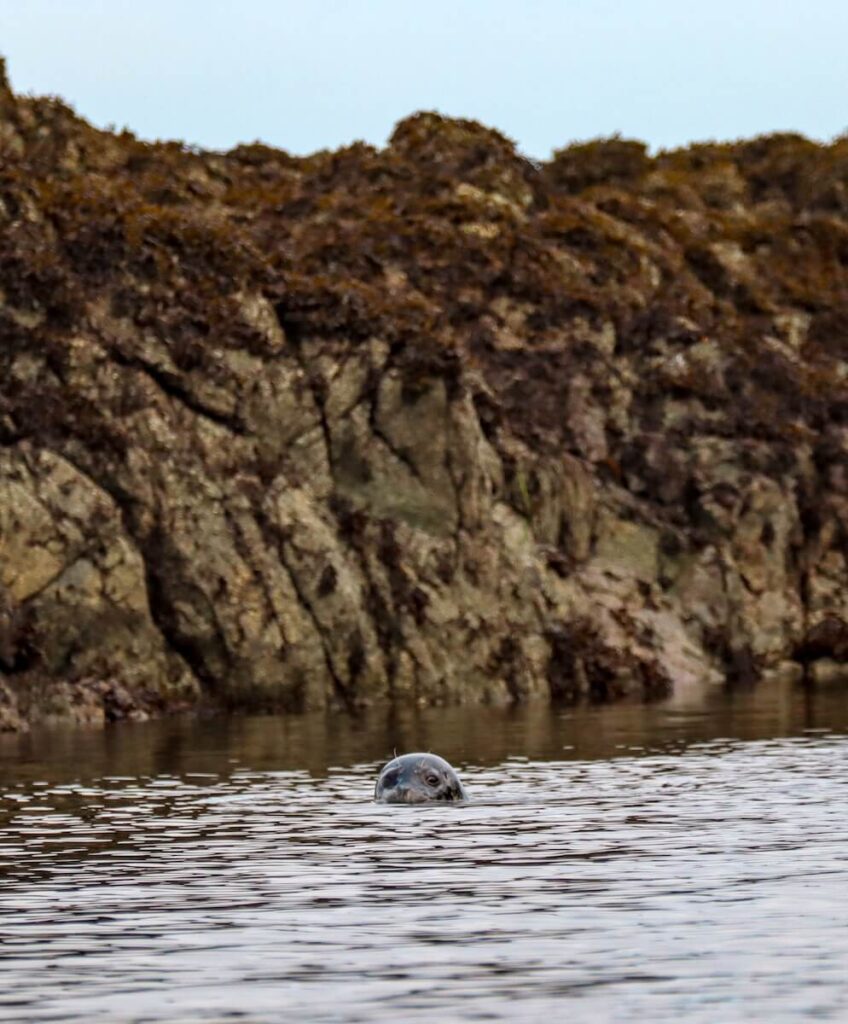
Patience & Strategy: Where and When to Spot Wildlife
Timing and location are everything in wildlife photography.
I was very surprised at how much wildlife I saw straight from the cruise ship!
Best Time of Day
Early morning and late evening offer the best light and the most active wildlife.
Best Places to Spot Animals from the Ship
- Open Decks: For whale-watching, head to the observation decks or front of the ship.
- Near Shorelines: Look for bears and eagles when sailing close to the coast.
- Calm Bays & Fjords: Sea otters and puffins prefer calmer waters.
Honestly, the best advice I can give is listen for people to start freaking out and have your camera ready with a telephoto lens.
Once one person spots something, they won’t be quiet!
This is how I spotted 90% of the whales from the cruise ship.
Best Excursions for Wildlife Photography
Whale-Watching Tours (Juneau, Icy Strait Point, Seward)
This is a great way to get closer to humpbacks and orcas.
Bear Viewing Tours (Katmai, Juneau, Pack Creek)
These fly-in and viewing excursions offer the best chances of seeing bears.
If you are looking to see some bears and don’t want to splurge on a fly-in, Sitka has a bear rescue called Fortress of the Bear.
Glacier Bay National Park Cruises
These cruises are excellent for spotting whales, seals, and birds.
On some cruises, it goes to Glacier Bay itself and you will take pictures straight from the cruise ship.
Pro Tip: If you’re in a wildlife hotspot, don’t just wait—scan the water and sky actively. Whales often surface every few minutes, and eagles perch near food sources.
Our bus actually almost hit and eagle (by accident, of course) during an excursion. You just never know in Alaska!
Ethical Wildlife Photography
As thrilling as it is to photograph Alaska’s animals, it’s essential to do so responsibly.
- Keep Your Distance: Never get too close to wildlife—use a zoom lens instead of approaching.
- No Flash Photography: Flash can startle animals and disrupt their behavior.
- Leave No Trace: Stick to designated trails and avoid disturbing nests or habitats.
- Stay Quiet & Observant: Loud noises can scare animals away—blend in and observe patiently.
For the best wildlife shots, respect the animal’s space and let natural behavior unfold. The most stunning images come from patience, not intrusion.
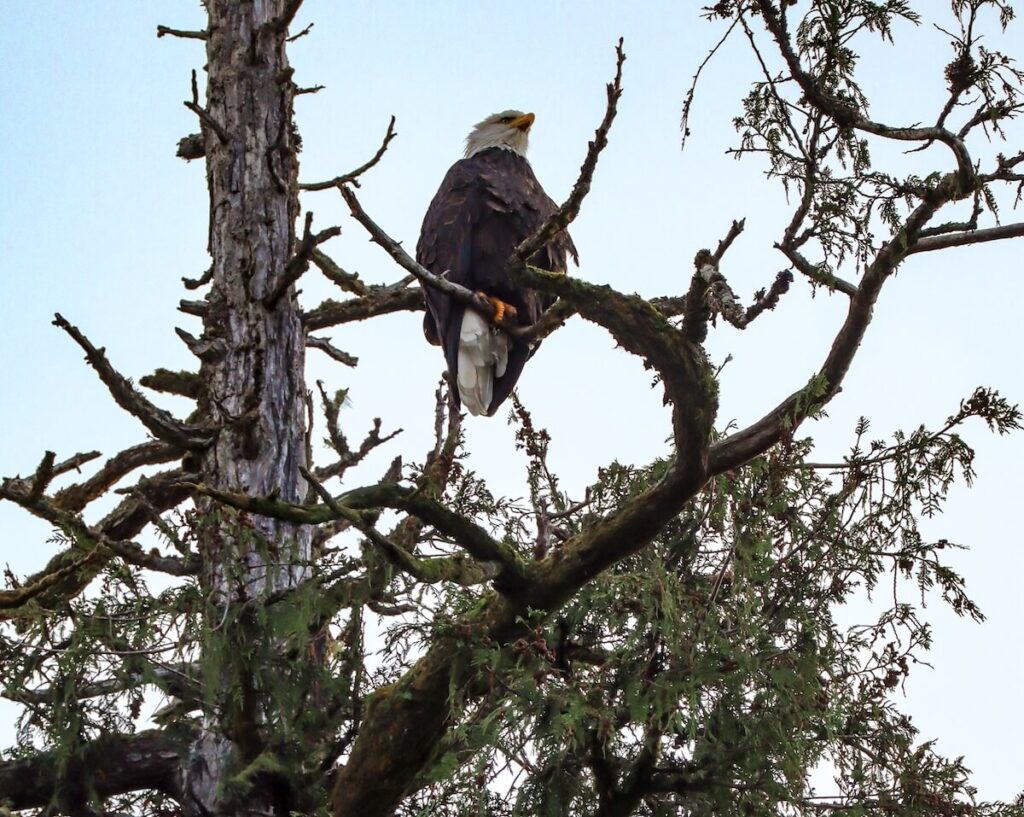
Chasing the Northern Lights on an Alaska Cruise (Without Losing Your Sanity)
The Northern Lights are the holy grail of Alaska cruise photography, but let’s get one thing straight—they’re elusive little tricksters.
I speak from experience: I cruised Alaska in October, eagerly scanning the skies every night, camera in hand… and slowly spiraled into madness as the auroras played an expert-level game of hide and seek.
When to Cruise for the Northern Lights
Your best bet is September through early April, when the nights are long and dark enough to see them.
The problem is that major cruise ship companies stop cruising in October and start cruising in April.
Inside Passage cruises rarely catch them due to cloud cover—aim for itineraries that go further north, like Fairbanks extensions or sailings to Nome.
A new moon and clear skies drastically increase your chances.
We went in October just to see the lights for my grandpa.
We rotated shifts all night every two hours every night on the cruise and still no luck…only to give up the last night and then have them make an appearance just on that night.
I was peeved…to say the least.
Of course, I am wishing you better luck than I had! Here is what I would have done photography wise for capturing those elusive northern lights.
Camera Settings to Capture the Northern Lights
- Use a tripod. Long exposures = sharp, dreamy auroras instead of green smudges.
- Manual Mode is your best friend:
- Shutter Speed: 5-15 seconds (longer for faint lights, shorter for bright ones).
- Aperture: f/2.8 or the widest your lens allows.
- ISO: 1600-3200 (test different levels to avoid too much noise).
- Use manual focus. Autofocus will fail you in the dark—set your lens to infinity focus or something similar for your camera.
- Shoot in RAW. You’ll need all the data possible for editing later.
Northern Lights Reality Check (AKA Keep Your Expectations in Check)
Clouds, ship movement, and city light pollution can ruin your chances.
They don’t always appear vibrant green to the naked eye—sometimes they look like faint grayish streaks (your camera will pick up more color).
If you don’t see them, don’t despair! There’s plenty of other Alaska magic to capture.
If you’re determined to get that bucket list shot, book a land-based extension in Fairbanks after your cruise.
Your odds go way up, and you’ll save your sanity in the process!
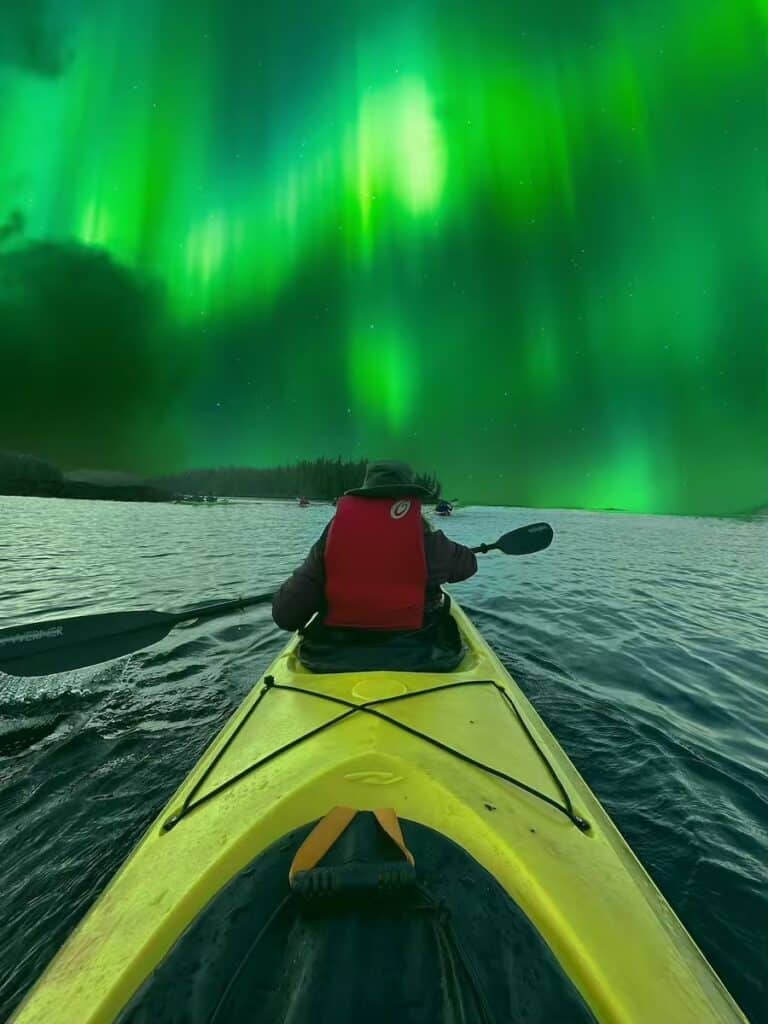
Taking Photos From the Ship
While Alaska’s landscapes and wildlife steal the show, don’t overlook the incredible photography opportunities right on the cruise ship itself!
Unlike Caribbean cruises, I noticed that there is a lot more going on as you sail. You can use the ship to your advantage here for compositional techniques!
Deck Shots: Creative Angles & Dramatic Lighting
The open decks of your cruise ship are perfect for experimenting with composition and light. Here are some creative ways to make the most of them:
Silhouettes at Sunrise & Sunset – Use the golden light to capture dramatic silhouettes of fellow passengers, railings, or the ship itself against the backdrop of glaciers and mountains.
Reflections on Wet Decks – After rain or misty mornings, puddles can create stunning mirror-like reflections of the ship, sky, or people walking by. Position your camera low to the ground for the best effect.
Leading Lines for Depth – Use railings, staircases, or deck patterns to guide the viewer’s eye into the photo, creating a sense of movement and perspective.
Low-Angle & Wide Shots – Shooting from a lower perspective makes the ship feel grander, emphasizing its scale against Alaska’s vast scenery.
Night Photography on Deck – Capture the soft glow of ship lights against the dark ocean. If the Northern Lights appear, use a tripod and long exposure for breathtaking shots.
Pro Tip: If your cruise has glass railings, use them to create reflections or frame a subject in an artistic way.
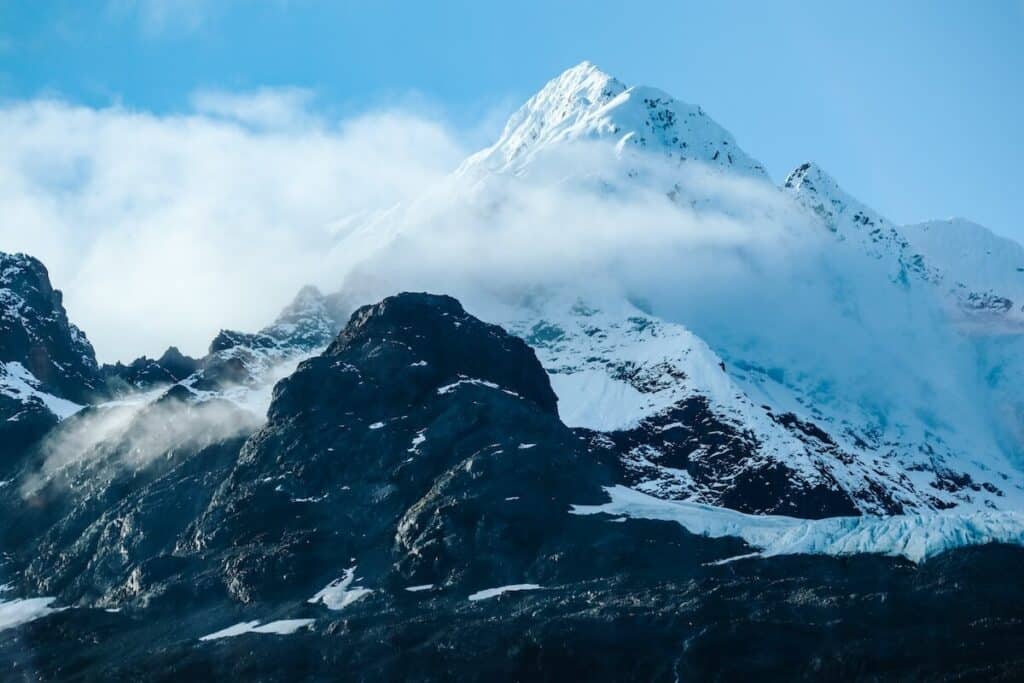
Porthole & Balcony Views: Framing for Storytelling
Your cabin isn’t just a place to sleep—it’s a photography goldmine! Portholes, windows, and balconies create natural frames that add depth and perspective to your images.
Creative Ways to Use Cabin Views
- Frame a sunrise through your porthole for a cozy, intimate vibe.
- Capture someone gazing out from a balcony, their face illuminated by golden light.
- Use curtains, railings, or furniture to create depth and layers in your composition.
- Photograph reflections in the glass for a dreamy, abstract effect.
Pro Tip: If you’re shooting through a window, get as close as possible to avoid reflections—or use a lens hood to block unwanted glare.
People & Moments: Candid Travel Photography
A great travel album isn’t just about landscapes—it’s about the people experiencing them. Candid photography is the best way to capture the essence of cruise life.
One of my favorite shots was actually with a smartphone and it’s my grandpa and I on the ship spotting whales in Glacier Bay!
Personally, I love candid shots of people that don’t know they are being photographed. This makes it more authentic.
Pro Tip: If taking photos of strangers, be respectful—capture from a distance or ask permission if you plan to share publicly.
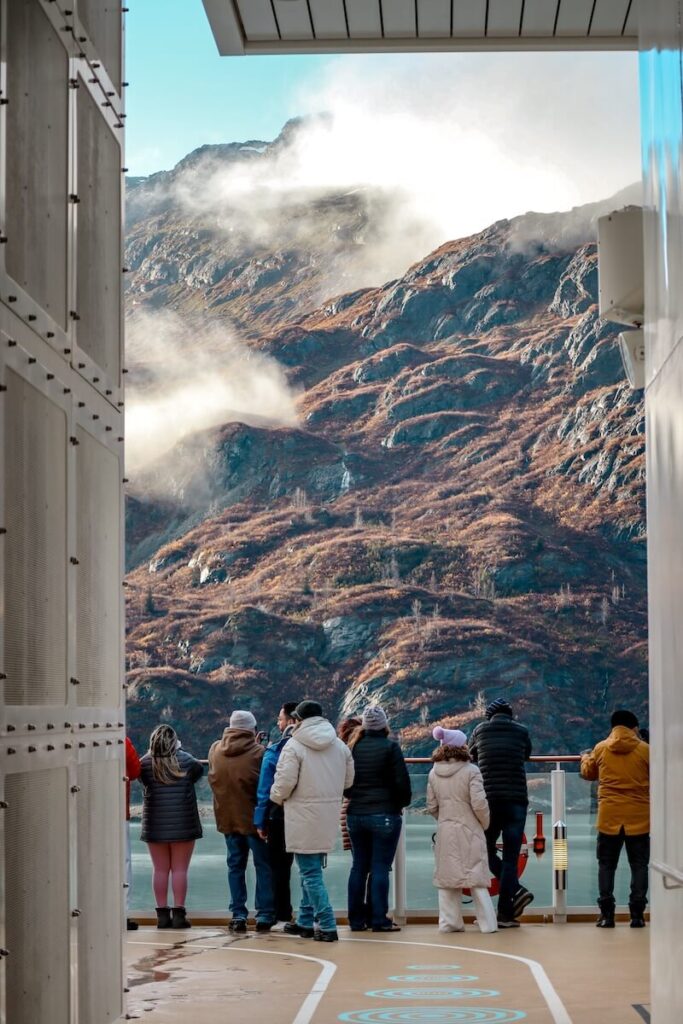
Editing & Post-Processing Tips
Editing your Alaska cruise photos is where the magic happens—where you can bring out the icy blues of glaciers, add depth to misty mountains, and fix exposure issues caused by bright snow and water reflections.
This is also where you can bring your own personal style to the photos! Have fun!
Note: I use Lightroom to edit all of my photographs.
Read More – How to Edit Adventure Photos
Enhancing Colors & Tones
Again, this is all subjective and up to you! But, these are generally what I did to enhance my Alaskan cruise photography.
- Boost the Blues & Aquas: Alaska’s ice and water have a stunning range of blues—adjusting the blue and aqua color channels can make them pop.
- Reduce Haze & Mist: Use the dehaze tool in Lightroom to bring clarity to foggy mountain shots. Just use it sparingly.
- Warm Up the Golden Hour Shots: Adjust the temperature and tint to enhance the warm glow of sunrise and sunset photos.
- Balance Shadows & Highlights: Pull down highlights to recover details in bright skies and snow while lifting shadows to reveal mountain textures.
Fixing Common Issues
- Overexposure from Ice & Snow: Glaciers and snowy landscapes can trick your camera’s metering, leading to washed-out images. You can try to lower the highlights and whites while increasing contrast to bring back details.
- Noise in Low Light: Photos taken at dawn, dusk, or in cloudy conditions may have grain. Use noise reduction sparingly—too much can make your image look unnatural.
- Lens Distortion from Wide-Angle Shots: If your wide-angle lens makes horizons curve, use the lens correction tool in Lightroom to straighten everything out.
Best Presets & Filters for Alaska Photos
If you want to streamline your editing, presets and filters can help you achieve a consistent, professional look.
I would recommend deciding your “vibe” first, applying it to the images, and adjust as needed.
- Moody Adventure Presets: Enhance dramatic skies, deep greens, and icy blues for that epic adventure vibe.
- Cinematic & Filmic Tones: Filters that mimic film photography work beautifully with Alaska’s natural landscapes.
- Vivid & Bold Presets: Boost color contrast to make glaciers pop while keeping skin tones natural in portraits.
- Black & White Edits: If the light is too harsh or the colors aren’t working, black and white can add a timeless, dramatic feel.
For presets, I love using Lightroom and VSCO. If you are using Lightroom, I’ve bought presets on Etsy before and had some good luck!
Pro Tip: Always shoot in RAW if possible! It gives you way more flexibility in post-processing to recover details and fine-tune colors.
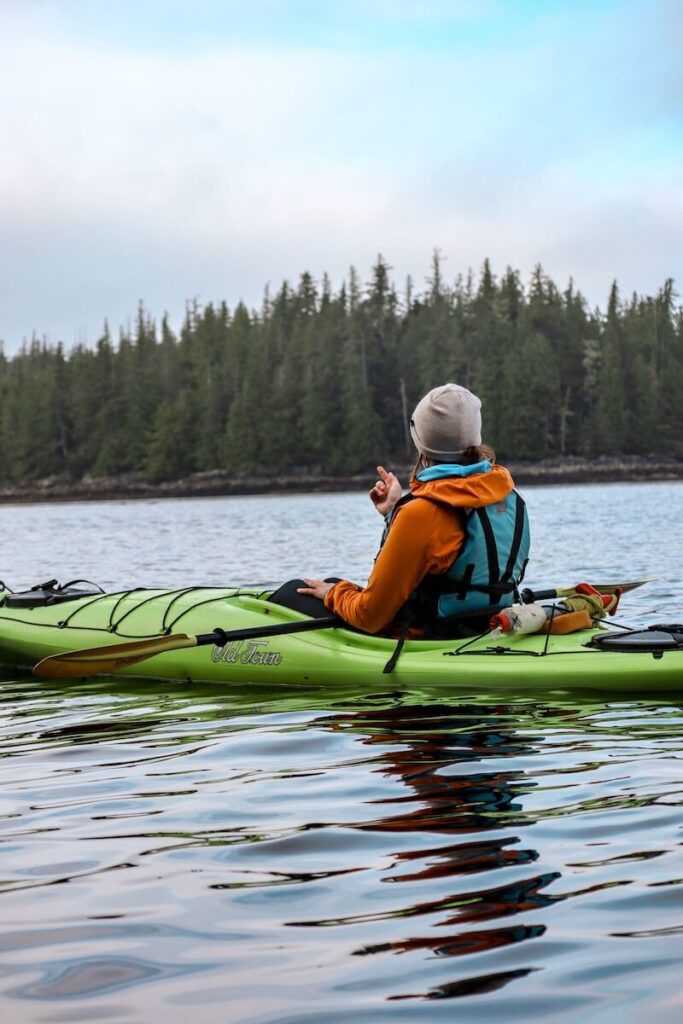
Mistakes to Avoid with Alaska Cruise Photography
Even the most experienced photographers can run into challenges when capturing Alaska’s epic landscapes and wildlife.
Avoid these common mistakes to ensure you come home with stunning shots instead of regrets!
Overpacking Gear but Underpacking Weather Protection
It’s tempting to bring every camera body, lens, and gadget you own, but Alaska’s unpredictable weather means keeping your gear safe is just as important as having the right tools.
Pack essential weather protection—waterproof covers, dry bags, and microfiber cloths to wipe off mist and rain.
Not Having Backups (Batteries, Memory Cards, Extra Lens Cloths)
Alaska’s cold temperatures drain batteries faster than usual, and long days of shooting mean you’ll go through memory cards quickly.
Bring at least 3-4 batteries and keep them warm in your pockets when not in use.
Have multiple memory cards—you don’t want to be deleting photos mid-adventure!
Pack extra microfiber cloths to keep your lens free from rain, mist, and salty sea spray.
Relying Too Much on Auto Mode in Tough Conditions
Auto mode can struggle with Alaska’s extreme lighting—bright glaciers, moody fog, and fast-moving wildlife can all confuse your camera.
Use aperture priority or manual mode to control exposure, avoid overblown highlights, and ensure sharp shots.
Adjust ISO manually in low light—don’t let your camera push it too high and create unnecessary noise.
Forgetting to Stabilize Shots on a Moving Ship
Cruise ships and small boats are constantly moving, and even the slightest shake can blur your shots.
Use a fast shutter speed (1/500s or higher) when shooting from the ship.
Brace against railings or use a tripod with image stabilization for steadier long-exposure shots.
When I went in October, we had some rough seas, so this was a must!
You could also try turning on image stabilization (IS/VR/OSS) in your lens or camera body if available.
Missing Golden Hours & Best Wildlife-Spotting Times
Alaska’s long summer days can make you forget that the best light happens early in the morning and late at night.
And if you’re not watching, you might miss that one magical wildlife moment!
- Plan sunrise and sunset shots in advance—use an app like PhotoPills to track the best times.
- Always keep your camera within reach—wildlife won’t wait for you to run back to your cabin!
- Be patient and observant—the best shots come to those who are ready at the right moment.
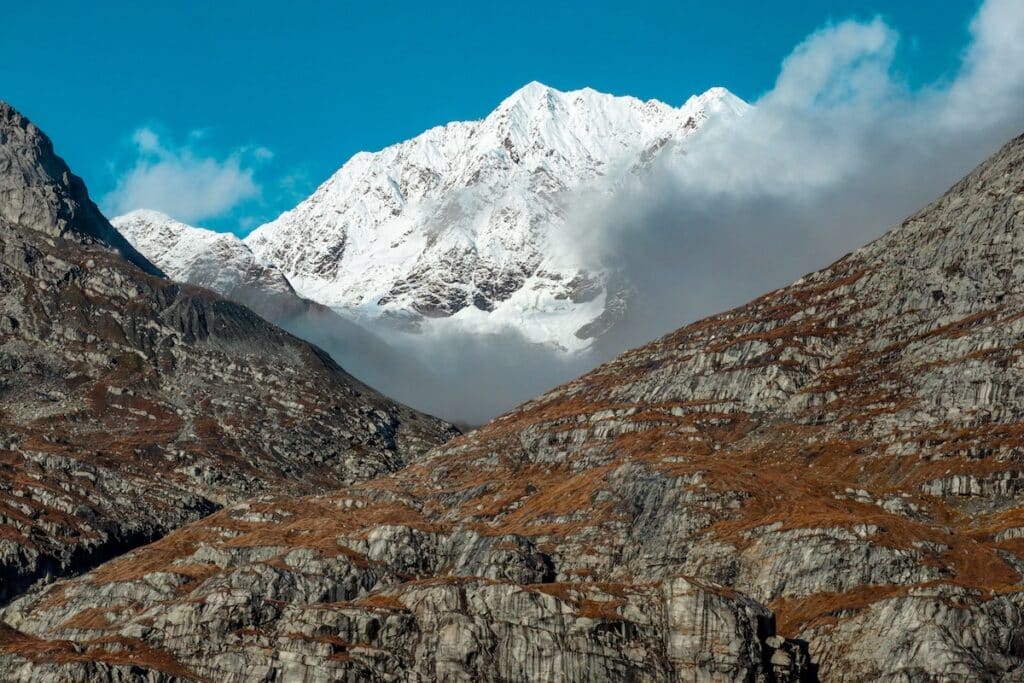
Conclusion: Capture Alaska Like a Pro
Alaska is one of the most breathtaking photography destinations in the world, but its ever-changing landscapes, fast-moving wildlife, and unpredictable weather make preparation key.
By bringing the right gear, mastering your camera settings, and thinking creatively about composition, you’ll be ready to capture everything from towering glaciers to breaching whales and golden sunrises over misty fjords.
This is the perfect opportunity to experiment with different photography styles—try long exposures for waterfalls, wide-angle landscapes for grand glacier shots, and fast shutter speeds to freeze wildlife in action.
If you want to try your luck at photographing some waterfalls, the YouTube video is below 👇
Don’t be afraid to get creative and tell a story with your photos!
I’d love to see the incredible shots you take on your Alaska cruise! Tag me on social media (@TheBucketListMermaid) and share your best moments.
Happy photographing, and may your adventure be as stunning as your photos! 🚢📸✨
More Alaska For Your Bucket List
More Travel Resources
Adventure Bucket List Resources
I am here to help your travel adventures go as smoothly as possible! That way you can check off that bucket list with minimal complications and spending!
SHOP – Shop the best adventure gear and essentials on my Amazon Storefront – handpicked by a full-time adventuring mermaid!
AIRFARE – There are a few I use, but Aviasales is normally my go-to for flights without any extra fees or markups.
ACCOMMODATION – My two favorites are Booking.Com for hotels and VRBO for rentals.
GUIDED TOURS – If you are looking for quick and easy tours, check out GetYourGuide and Viator.
MULTI-DAY TOURS – For more in-depth tours that span several days, TourHub has many great options with reputable travel companies. Use my code (ALEXANDRA1GURU) for up to 5% off your next bucket list adventure.
TRANSPORTATION – You can either rent a car yourself with Discover Cars or do a guided bus tours like Big Bus Tours.
SIM CARDS – Avoid expensive roaming charges with an eSim card with Airalo. Personally, I prefer wifi boxes, and recommend WiFi Candy (get 10% of with the code THEBUCKETLISTMERMAID).
TRAVELER’S INSURANCE – Check out VisitorsCoverage for affordable insurance plans. If you are a nomad or remote worker, I would check out SafetyWing.
SEE MORE – Adventure Resources | Photography Resources
See Some PHotos You Like?
Check out my full photography page for a full gallery and prices.

